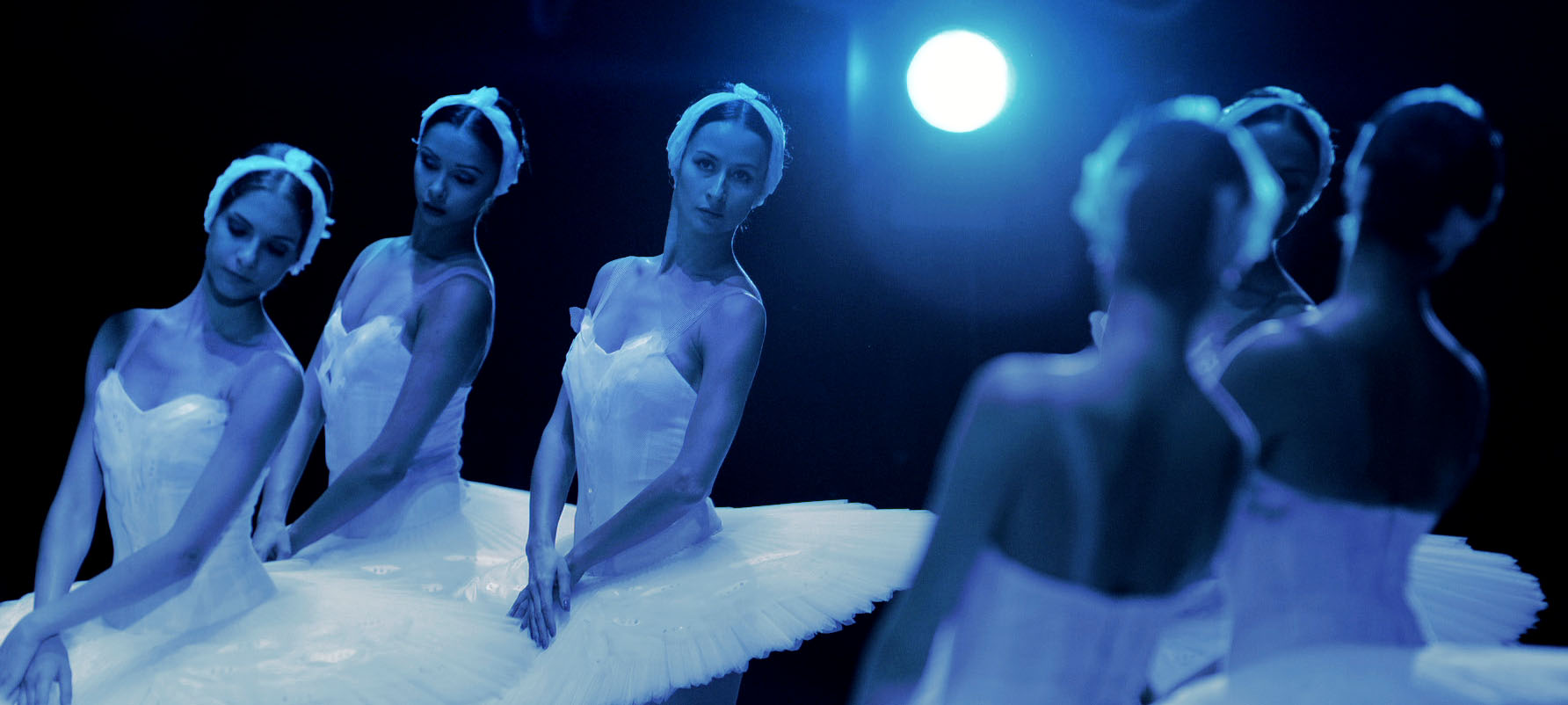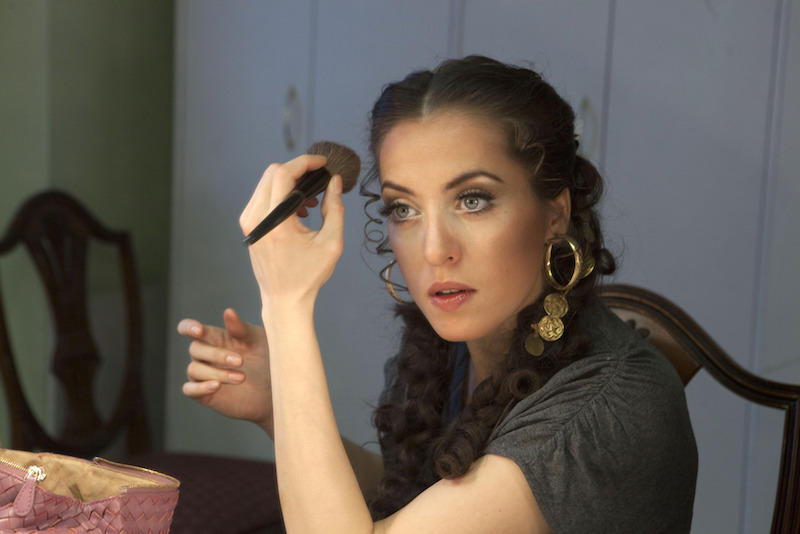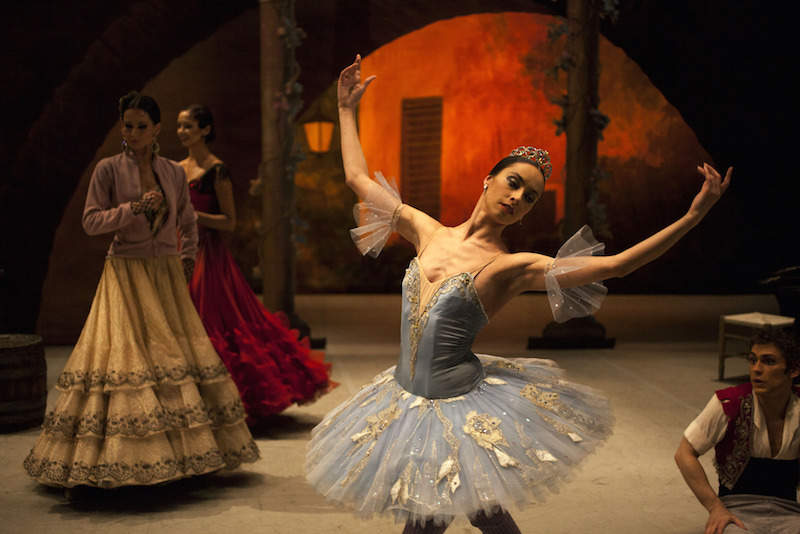Here’s a paradox. Just as the words “new Cold War” were beginning to form on the lips of political commentators in the West, two British film-makers, former TV newsmen no less, were being granted uncensored access to the Bolshoi Theatre – just 500 metres from the Kremlin – to make a candid documentary for HBO. Their cameras didn't stop turning for four months.
The Bolshoi had plenty of reasons to shun such publicity at that juncture. In January 2013 Sergei Filin, the artistic director of the ballet company, had been the victim of an acid attack as he returned home in Moscow after a performance of Swan Lake. The attack left him with horrible burns to his face, hands and eyes, keeping him off work for many months as surgeons fought to save his sight. The shock to the company was compounded when the instigator of the attack (later sentenced to six years in jail) was found to be one of its own dancers, aggrieved that Filin had passed over his girlfriend for promotion. The toxic infighting at the world’s biggest ballet company has been common knowledge for years, but personal violence was a new low. What was the management thinking in letting in cameras?
 The word “glasnost” is never used, but Vladimir Urin, the new-broom General Manager and surprising dough-faced star of this film, has clearly been appointed with a view to ushering in a new era of (relative) transparency. Until now, he tells the filmmakers, decisions as to which ballerina would dance a particular leading role might be made by some apparatchik in the Kremlin across the way. It was the Kremlin who sacked his predecessor. And it would be the Kremlin that sacked him if he didn’t deliver satisfaction. He laughs, and it’s the only time anyone laughs in the film’s 87 minutes.
The word “glasnost” is never used, but Vladimir Urin, the new-broom General Manager and surprising dough-faced star of this film, has clearly been appointed with a view to ushering in a new era of (relative) transparency. Until now, he tells the filmmakers, decisions as to which ballerina would dance a particular leading role might be made by some apparatchik in the Kremlin across the way. It was the Kremlin who sacked his predecessor. And it would be the Kremlin that sacked him if he didn’t deliver satisfaction. He laughs, and it’s the only time anyone laughs in the film’s 87 minutes.
Nick Read and Mark Franchetti seem to have set out to tell a quite different story, one that tracked the lives of individuals in the company. But the repercussions of the acid attack take over, the film’s focus shifting to the historic bad blood between the urbane General Manager and the increasingly tense and isolated Filin, the worst of whose scars are hidden by huge dark glasses which give him a sinister, gangsterish air as he prowls the theatre's endless corridors, seemingly in a vain search for moral support among the staff. In a company meeting to discuss the dancers’ demand for a gym, Urin humiliates Filin in front of them all. From that moment, you know Filin’s days as director are numbered. His contract ends next month.
 Along the way, though, we glean some insights into the unglamorous reality of the dancers. First soloist Anastasia Meskova (pictured right) is a single mum whom we see making breakfast in her cramped flat and struggling in to work on the metro. Principal Maria Allash at 28 is already fretting about aging, and fellow principal Maria Alexandrova is recuperating after rupturing an Achilles tendon. We see her receiving special coaching for her comeback performance which she likens to “doing a bungee jump head first – you’ve no idea how it will end.”
Along the way, though, we glean some insights into the unglamorous reality of the dancers. First soloist Anastasia Meskova (pictured right) is a single mum whom we see making breakfast in her cramped flat and struggling in to work on the metro. Principal Maria Allash at 28 is already fretting about aging, and fellow principal Maria Alexandrova is recuperating after rupturing an Achilles tendon. We see her receiving special coaching for her comeback performance which she likens to “doing a bungee jump head first – you’ve no idea how it will end.”
Yet none of these interviews tells us anything new about being a ballet dancer, nor shows how being one in Moscow might be different from being one in London or New York. Although money worries are a frequent theme, the film doesn’t properly explain the reason. It’s that the Bolshoi’s dancers are not salaried: they are guaranteed only a small retainer, topped up according to the performances they are offered. We see Anastasia gloomily scanning the notice board for her name. She has been dropped from a coming tour and wonders what she will do when the roles dry up.
More revealing than any interview is the camerawork that lets us spy on the dancers in the wings during a performance. State-of-the-art equipment allows filming at much lower light levels than ever before, so we are able to swoop in on the sand box into which dancers stub their ballet slippers to increase their grip seconds before going on stage, and hover at the shoulder of a male dancer bristling with nervous energy as he awaits his cue. We come within inches of a group of gossiping girls as they admire the jump of the ballerina on stage, only to hear them diss her seconds later for being “all skin and bone”.
Neither of the filmmakers had experienced ballet before, but you wouldn’t know it. Perhaps its sheer strangeness was inspirational
In another sad but funny moment we see Anastasia park her young son in the wings to watch while she dispatches a flashy solo on stage. We see, but she doesn’t, that he’s so engrossed in playing a game on his phone that he misses her big moment. Urin explains that there is a tradition of Bolshoi dancers bringing their kids with them in the evenings (presumably they can't afford babysitters), but that such leniency is about to stop. We don’t find out what Anastasia might have to say about that.
But the most compelling reason to catch this film on a big screen, or to buy the DVD, is its gorgeous cinematography. Neither of the filmmakers had experienced ballet before, but you wouldn’t know it. Perhaps its sheer strangeness was inspirational: they shoot and edit it with a very sure sense of its line and pattern. They’re also good at using stage visuals to undercut or colour a voiceover. Showing only such productions as were current, their choices are artful: the scene in La Bayadère where the heroine suffers a knife attack from a love rival; the ruthless Roman militia in Spartacus; and as if that's not dark enough, a new ballet in which a mother murders her child by baking it in the oven.
 The film could have done with more footage from daily class – the glimpse we have of this extraordinary ritual is tantalising: dancers in practice mufti crammed along the walls of a huge studio with only just enough space to swing a leg. It also dangled an encounter with the one-time Bolshoi star turned coach Nikolai Tsiskaridze, a flamboyant egotist and dangerously disruptive element who seems to hate everyone. (He’s history now, too.)
The film could have done with more footage from daily class – the glimpse we have of this extraordinary ritual is tantalising: dancers in practice mufti crammed along the walls of a huge studio with only just enough space to swing a leg. It also dangled an encounter with the one-time Bolshoi star turned coach Nikolai Tsiskaridze, a flamboyant egotist and dangerously disruptive element who seems to hate everyone. (He’s history now, too.)
The full and rounded picture the film does magnificently succeed in giving is of the Bolshoi’s unique place in the history of Russia and the hearts of Russian people. “When someone throws acid at the director it means the Bolshoi is sick,” comments a staffer, accompanied by a dreamy image of bourréeing swan maidens. “And if the Bolshoi is sick it’s because Russia is sick.”















Add comment